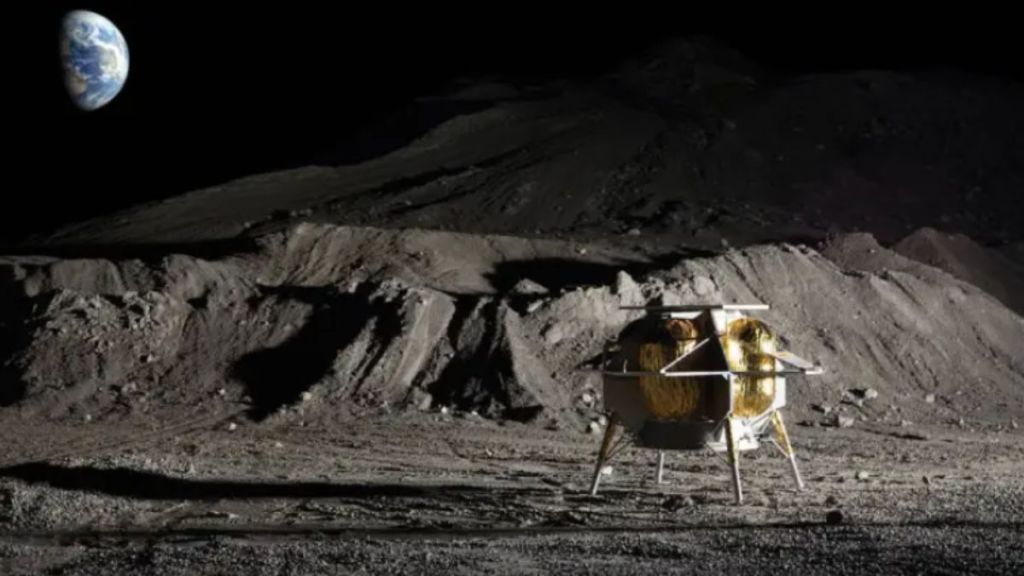The Peregrine 1 lander which is carrying NASA’s scientific equipment, has begun its journey towards the moon following the successful launch of the Vulcan Centaur rocket at Cape Canaveral.
This significant event marks the maiden flight of the robust new rocket constructed by the United Launch Alliance, a joint venture between Boeing and Lockheed. It also signifies the endeavor to accomplish the first soft landing by the United States on the lunar surface in five decades.
Crafted by the space robotics firm Astrobotic, the Peregrine lunar lander lifted off at 7:18 GMT, aspiring to secure the distinction of being the initial private company to achieve a lunar landing—a milestone that has been challenging to attain in recent times.
Shortly after separating from the rocket, Astrobotic’s mission control received signals from the lander, which is now entering a highly elliptical orbit, aligning itself towards its intended destination.
The collection of NASA payloads aboard Peregrine One aims to identify lunar water molecules, measure radiation and gases around the lander, and scrutinize the lunar exosphere (the thin layer of gases on the Moon’s surface). These measurements will enhance our comprehension of the interaction between solar radiation and the lunar surface, NASA added.
If all goes according to plan, Peregrine is expected to land in the Sinus Viscositatis, or Bay of Stickiness, a mid-latitude region on the Moon, on February 23.
According to CBS News, Peregrine carries 20 experiments and international payloads, including six NASA instruments, a $108 million valued sensor, a shoebox-sized rover by Carnegie Mellon University, a physical Bitcoin, as well as cremated remains and DNA, including those of Gene Roddenberry, Arthur C. Clarke, and a dog. Other contents encompass personal mementos, artwork, and letters from children globally.
A successful launch could establish Astrobotic as the first private company to execute a controlled, or ‘soft’ landing on the lunar surface, a feat no private entity has accomplished on the Moon or any other celestial body.
John Thornton, the CEO of Astrobotic leading the mission, expressed a mix of emotions: “A lot is riding here. It’s a mix of thrill and excitement, but I’m also a bit terrified because there’s a lot on the line.”
Controversy surrounds the Peregrine mission due to some commercial payloads. The Navajo Nation of Native Americans has urged NASA to postpone the launch due to capsules on board containing human remains.
“The moon holds a sacred place in Navajo cosmology. The idea of converting it into a resting place for human remains is deeply disturbing and unacceptable to our people and many other tribal nations,” said Buu Nygren, President of the Navajo Nation, reported by CNN.
In response to the concerns raised, the space agency stated its intention to involve tribes in future discussions regarding such decisions.


